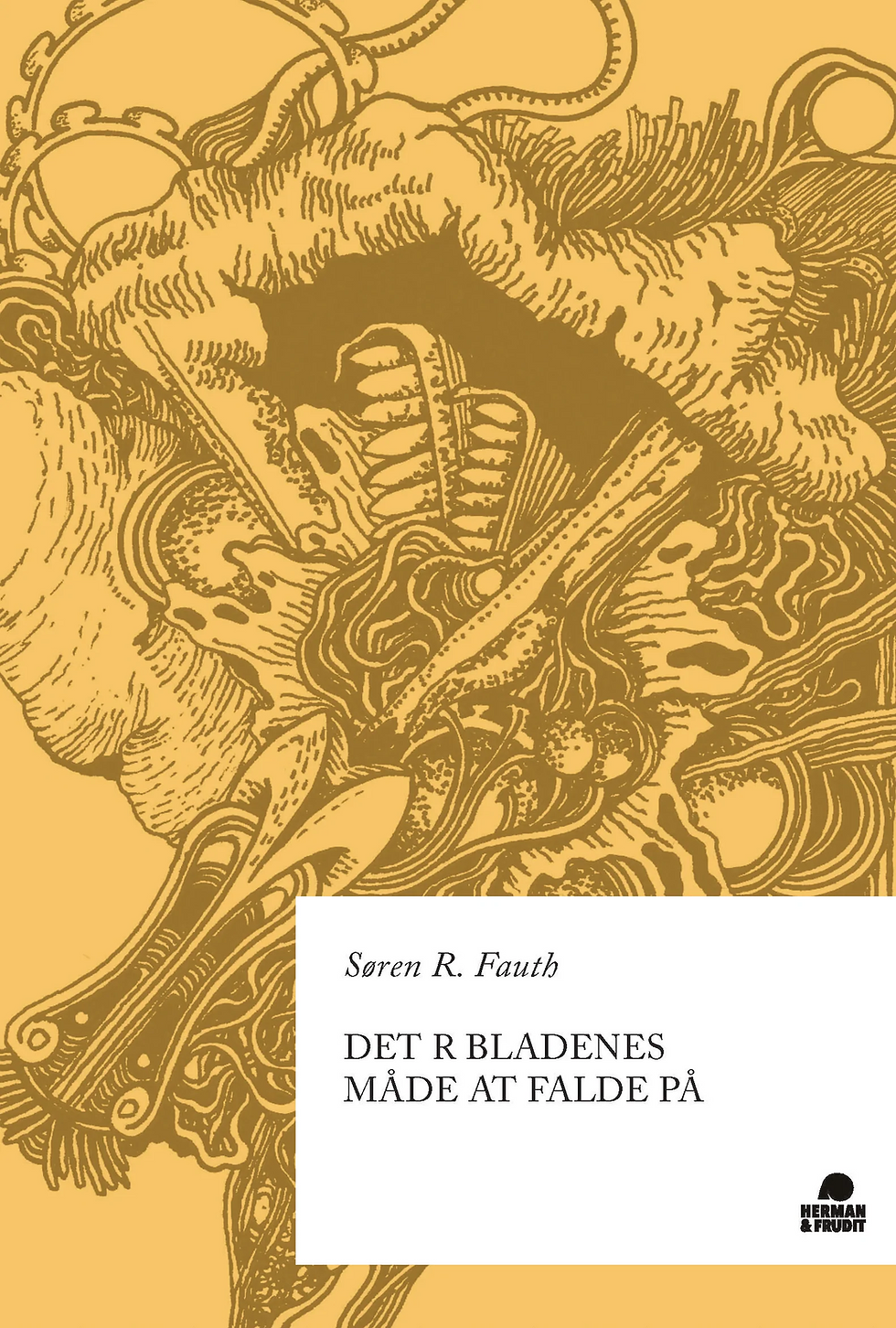Peter Weiss THE AESTHETICS OF RESISTANCE VOLUME 1 (1975)
- Matt Travers
- Apr 4, 2023
- 4 min read
translated by Joachim Neugroschel

Peter Weiss Tyskland 1916-1983. "Die Kartoffelesser"
Working Class Masons
‘Just as my father had always laid claim to accessing the cultural goods, so too he had insisted that he owned the things surrounding him at work. Art and literature were means of production, just as the tools and machines were. His life was one long straining to get beyond the demarcation line that had been drawn. At the factory, colleagues could sometimes poke fun at him, even call him an eager beaver, when they found him taking excessive care of the machine, when he thought about technological improvements. The fact that we were abused, he said, should not make us view our labour purely as constraint and drudgery so that we were led by reluctance and recalcitrance. Just as we would be lost if we did not appropriate the contents of books and pictures, so too we would perish if we did not already regard every piece of equipment in the plant, every object we produced as our assets. If someone then said that my father was deluding himself since our labour benefitted others and not us, he would pull himself up, first mutely turn his broad, bony face towards the speaker, and then, with his restrained persuasiveness, he would reply that all he saw around him was that we were preparing to seize power.’ (308)
One of those works which makes you wish you’d read it sooner, Peter Weiss’s ‘The Aesthetics of Resistance’ is an unabashedly partisan intervention into epic history told from the perspective of the working class, famously beginning with an extended ekphrasis on the Pergamon frieze and concluding with the fall of the Spanish Republic to the fascists, who would continue to hold onto power for a further thirty years in exchange for ‘remaining neutral’ during WWII. The novel is philosophically propelled through a pursuit of the dialectic between artistic liberation and the sadistic cruelty of 'arbeit macht frie'; somehow, the progressive emancipation of the labour-force is both necessary subject and form for revolutionary art, even if such a claim may have been more plausible when the avant-garde was of a piece with the political vanguards of the left, Moretti’s futurism and Stalin’s socialist realism notwithstanding.
If, upon learning that Weiss himself was the bourgeois son of a businessman, we can see how the protestant work ethic (viz spirit of capitalism) is transformed into the devout puritanical struggle of the young communist ciphers, then better this idealisation than the usual melodrama of swaggering brutes and vulgar passions and drunkenness and virile displays of cruelty. While not an organic intellectual in the Gramscian sense, Weiss is convincing in his understanding of the deprivations and everyday violence of being in a physically threatening and destructive work milieu, where machines which expel metal dust can rip off an arm or a scalp, whose regimen slowly strangles the worker, and where the loss of such work would mean total destitution, and so explicit resistance is rarely an option. Besides, one must use the opportunities available. Such skills will be needed in the coming takeover.
Like Rancière’s ‘Proletarian Nights’, we also get a vivid sense of the exhaustion and yet immense drive and dignity of those committed workers who stole the nights to study, certain that they must conquer culture so much as arms if they wanted to win. But Weiss would have us believe these workers were in some senses better off than their bourgeois peers when it came to study: the average middle class works in only one register, and, given the condescensions of poverty tourism and NGOpia, only the worker supposedly has the capacity for both practical action and theoretical reflection.
If all of this sounds somewhat unconvincing and draws on antiquated leftist registers, then that is a testament to Weiss’s ability to bring the reader directly into the problems and dilemmas of young communists of the 1930s as if they were still alive. In the process, he provides a strident rationale for commitment whilst simultaneously exposing the myriad of compromises and complicities activists had to endure daily for the cause they will die for. We have the narrator’s father who supports the German Social Democratic Party even after their role in the murders of Liebknecht and Luxemburg, we have the communist betrayal of the anarchists in the Spanish International Brigades, and the defence of the Soviet Union, which, in Frederic Jameson’s phrase, was ‘both unavoidable and impossible’ after the Moscow show-trials and the subsequent executions of some Lenin’s closest comrades. If nothing else, Weiss brings to light how the struggle for revolutionary consciousness involved a certain kind of faith in that grand narrative of worker’s liberation, a faith which was as much built on hermeneutic interpretation of media, landscape, gesture and expression as belief in Marxism as a rational empirical science of what could be.
In form, ‘The Aesthetics of Resistance’ is written in dense un-paragraphed blocks which serve as a visual analogue for the necessity to maintain focus and discipline on the barricades before dissipation sets in and the struggle begins anew. Such ‘blocks’ of concatenated historically researched prose have likely filtered through to the anti-enjambment ‘blocks’ of contemporary poetry in the works of Sean Bonney, Verity Spott and Danny Hayward, about which Keston Sutherland effectively theorised in his lecture on ‘Blocks since the Crash’. If, at times, the novel reads like a literary equivalent of a Straub-Huillet film, then what’s most unique is its thoroughgoing employment of the rhetorics of ekphrasis and parrhesia to argue in practice for what is to be done. After reading, you will be left with a paranoiac’s intensity in your attempts to decipher encrypted media hieroglyphs for class struggle, while knowing every interpretation is not enough, no matter how sincere.



Comments